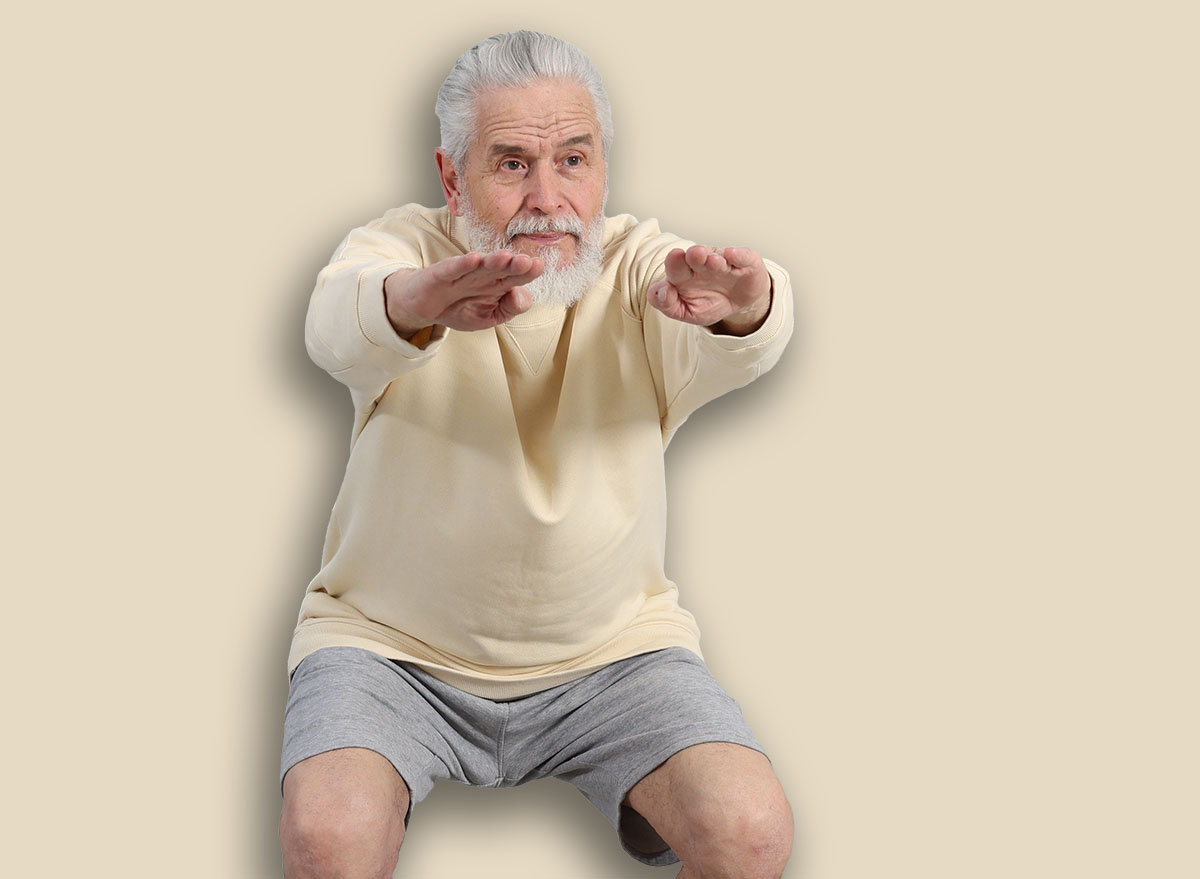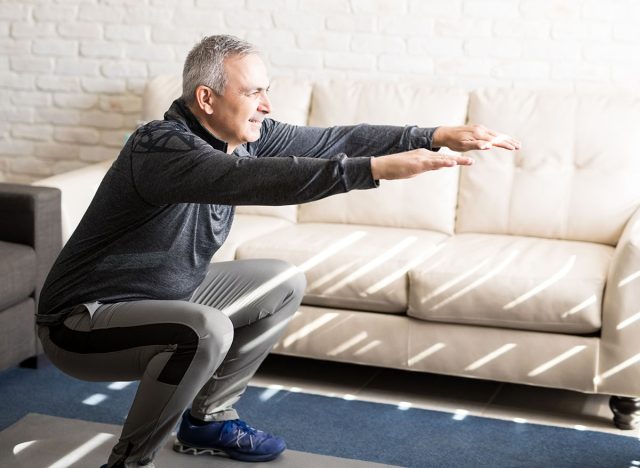If You Can Do This Many Squats After 55, Your Legs Are Stronger Than Most

Your lower body sets the pace for how strong, stable, and capable you feel after 55. Every step, lift, carry, and daily task depends on the power you hold through your legs and hips, which is why tracking your squat strength offers a clear snapshot of your overall fitness baseline. When your squat numbers rise, balance sharpens, joints stabilize, and stamina climbs in a way that transforms how confidently you move through your day. A simple timed squat test reveals exactly where you stand right now, and how far you can push that strength with consistency.
Most gym machines isolate muscles, but the squat forces your entire lower body to coordinate under pressure. That demand recruits more total muscle fibers through your glutes, quads, hamstrings, and core, giving you a true measure of real-world functional strength. After 55, that kind of coordinated force output matters more than ever. It keeps knees steadier, hips more mobile, and movement patterns powerful enough to resist the natural pull of muscle loss.
Your goal with this test isn’t perfection, it’s performance with impeccable form. The number you hit tells you whether you hold everyday strength, advanced ability, or elite power for your age group. Once you know your level, you train with purpose rather than guesswork. And with a smart routine built around clean technique and progressive overload, your squat capacity climbs faster than you expect.
The Squat Test: How Many Reps Put You in the Elite Category?

This timed squat test pushes your legs through a controlled endurance challenge that reveals both strength and stamina in one clean number. I want you to treat this as a performance effort, not a casual warm-up, because the output reflects how well your muscles fire together under sustained tension. When the clock starts, your glutes, quads, and hamstrings cycle through repeated power drives while your core stabilizes your torso through each descent and ascent. That combination exposes weaknesses instantly, highlights strengths clearly, and gives you a benchmark you can repeat every 30 days to confirm that your training delivers real results.
How to Do It:
- Stand with feet shoulder-width apart, chest tall, and core braced.
- Set a timer for 60 seconds.
- Lower into a squat until thighs reach at least parallel, keeping heels grounded.
- Drive through your feet to stand tall without locking your knees.
- Continue for the full minute, counting each clean rep.
- Stop immediately if your form breaks.
Scoring

- Average Strength: 18–24 squats in 60 seconds
- Advanced Strength: 25–32 squats in 60 seconds
- Elite Strength After 55: 33+ squats in 60 seconds
How to Improve Your Results
Improvement comes from sharpening your mechanics, building deeper strength in your glutes and quads, and adding strategic volume each week without overwhelming your joints. After 55, your legs respond best to smart, controlled progressions rather than heavy jumps in intensity, so I want your training to focus on cleaner range, steadier tempo, and stronger muscle recruitment with every rep. When your form becomes airtight, each squat drives more force and activates more muscle fibers, which directly increases the number you can hit when the clock starts. Build your sessions around the movements below, push for consistency, and retest every 30 days to track how quickly your power climbs.